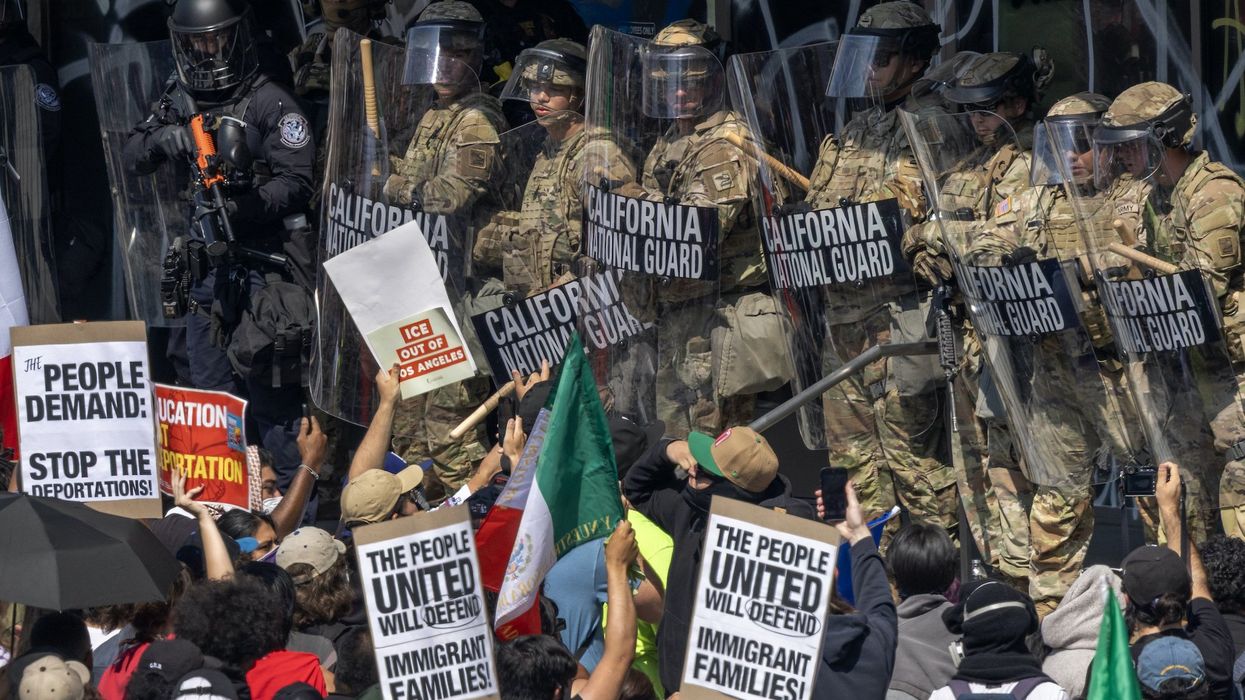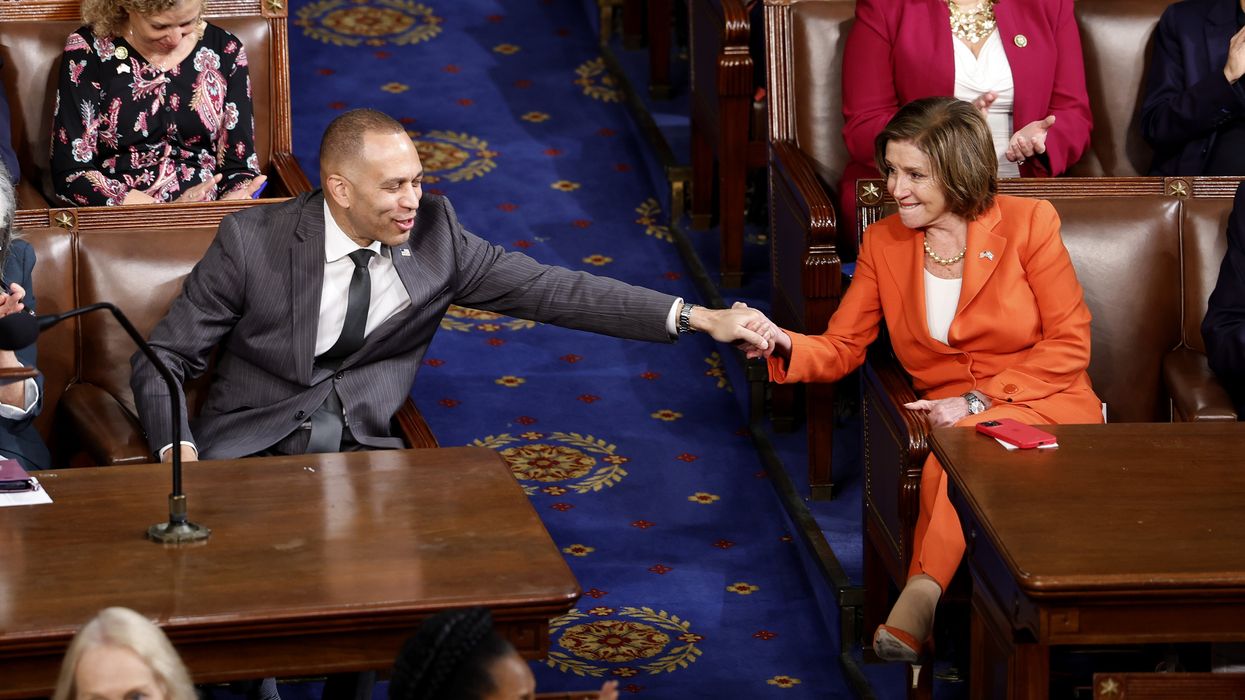
In this Dec. 17, 2011 photo provided by the U.S. Marine Corps, a K-MAX pilotless freight helicopter, a detachment from Marine Unmanned Aerial Vehicle Squadron 1, transports cargo in Camp Dwyer, Helmand province, south of Kabul, Afghanistan. The U.S. military is testing a revolutionary new freight drone for its arsenal - a pilotless helicopter intended to fly cargo missions to remote outposts where frequent roadside bombs threaten access by road convoys. (Photo: AP/U.S. Marines, Justin M. Boling)
 In this Dec. 17, 2011 photo provided by the U.S. Marine Corps, a K-MAX pilotless freight helicopter, a detachment from Marine Unmanned Aerial Vehicle Squadron 1, transports cargo in Camp Dwyer, Helmand province, south of Kabul, Afghanistan. The pilotless helicopter, intended to fly cargo missions to remote outposts where frequent roadside bombs threaten access by road convoys, will be used in Afghanistan for a longer period of time than expected. (Photo: AP/U.S. Marines, Justin M. Boling)
In this Dec. 17, 2011 photo provided by the U.S. Marine Corps, a K-MAX pilotless freight helicopter, a detachment from Marine Unmanned Aerial Vehicle Squadron 1, transports cargo in Camp Dwyer, Helmand province, south of Kabul, Afghanistan. The pilotless helicopter, intended to fly cargo missions to remote outposts where frequent roadside bombs threaten access by road convoys, will be used in Afghanistan for a longer period of time than expected. (Photo: AP/U.S. Marines, Justin M. Boling)





